
Nyashadzashe Ndoro
Zim Now Reporter
Zimbabwe’s trade performance in 2023 showed a mixed bag of results, with exports rising to US$7.2 billion but still trailing behind imports, which amounted to US$9.2 billion.
Official statistics indicate that the country’s trade deficit stood at US$2 billion, a significant concern for policymakers.
On the positive side, Zimbabwe’s exports to the United Arab Emirates surged, making it the country’s third-largest export market, accounting for 22.5% of total exports.
China and South Africa remained top trading partners, with 27.5% and 28.8% of exports, respectively. Bilateral trade between Zimbabwe and the UAE increased significantly, from US$2 billion in 2022 to US$3 billion in 2023.
Tobacco, gold, platinum group metals, and lithium were the main export earners, with tobacco accounting for 33% of exports, followed by semi-manufactured gold (19.9%), and nickel mattes (11.4%).
Related Stories
In February 2024, 57% of imported goods were for productive sectors, indicating a focus on industrial development. However, the country still needs to address its balance of trade, which stood at a US$2 billion deficit last year.
On the bright side, Zimbabwe received significant remittances from the diaspora (US$1.874 billion) and NGOs (US$1.137 billion), which can help bridge the trade deficit.
To achieve its export targets of US$7 billion by 2023 and US$14 billion by 2030, Zimbabwe needs to address its trade imbalance and diversify its export base.
Meanwhile, despite a decline in new investment applications in the first quarter of 2024, China remained the dominant investor in Zimbabwe, accounting for 77% of approved licenses by value.
According to the Zimbabwe Investment and Development Agency’s recent report, the total value of new investment applications decreased to US$622 million from US$760 million in Q1 2023, partly due to a slowdown in new mining projects.
The services sector led in projected investment value, making up 25%, followed by construction at 23% and mining at 18%. While manufacturing received the highest number of new licences (41), the total value of those projects was only US$41 million, indicating a trend towards smaller-scale operations.
Zida expressed optimism about attracting US$15 billion in investment projects by the end of 2024, focusing on resource beneficiation, manufacturing, and technology transfer.
The agency said it is committed to improving the investment climate in Zimbabwe through digital transformation initiatives, including the launch of a Do-It-Yourself Licensing Portal and the revamp of its website, aimed at increasing transparency and accessibility for investors.

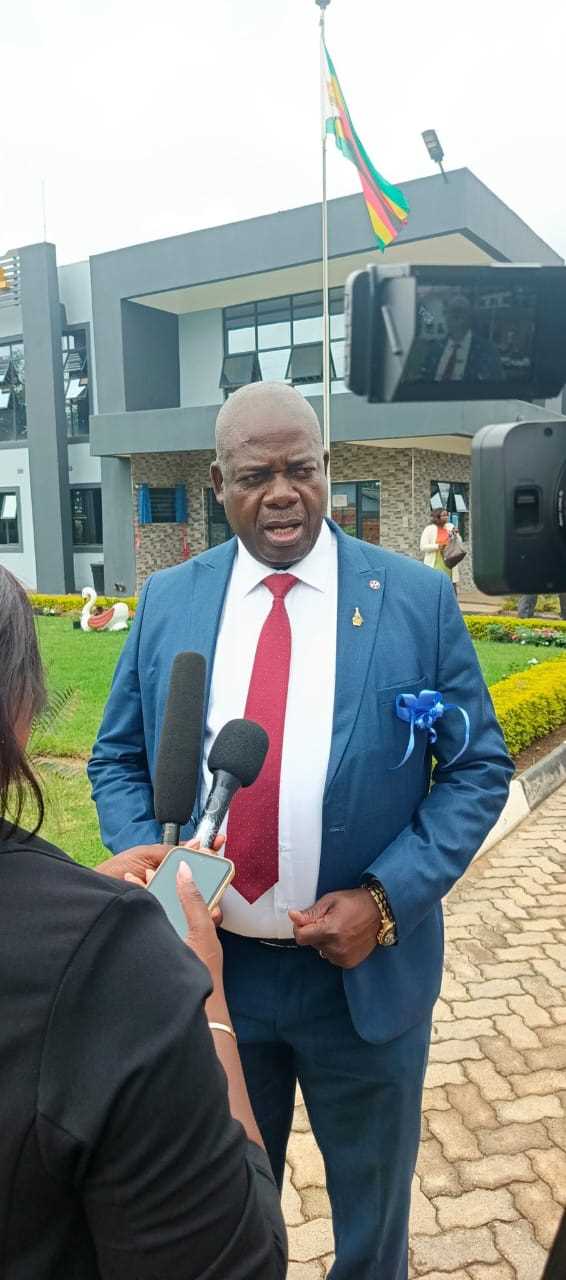
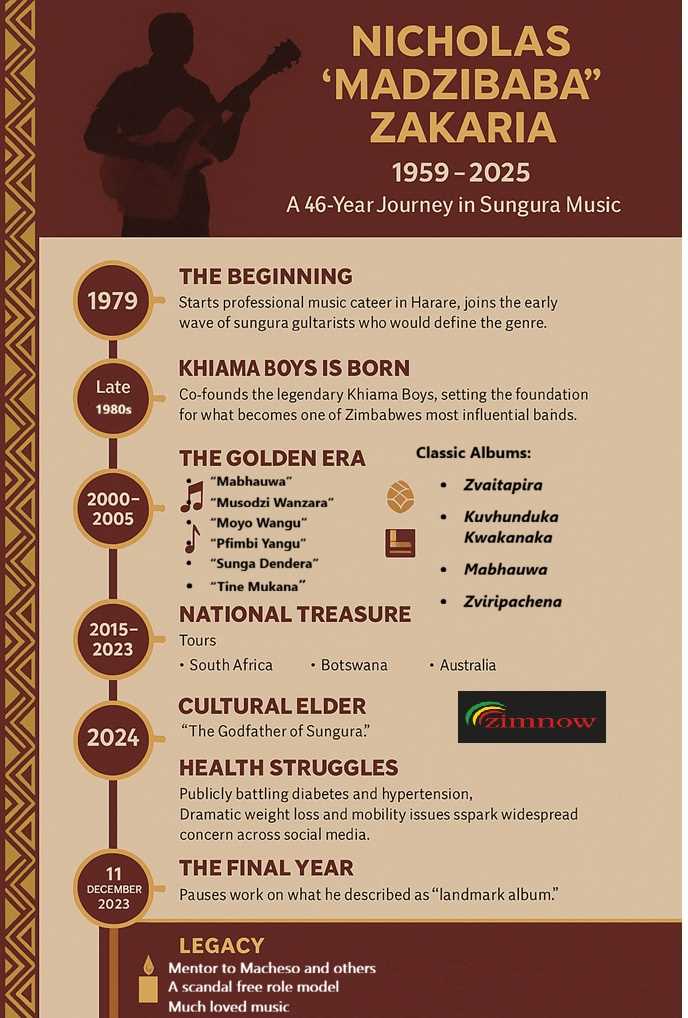

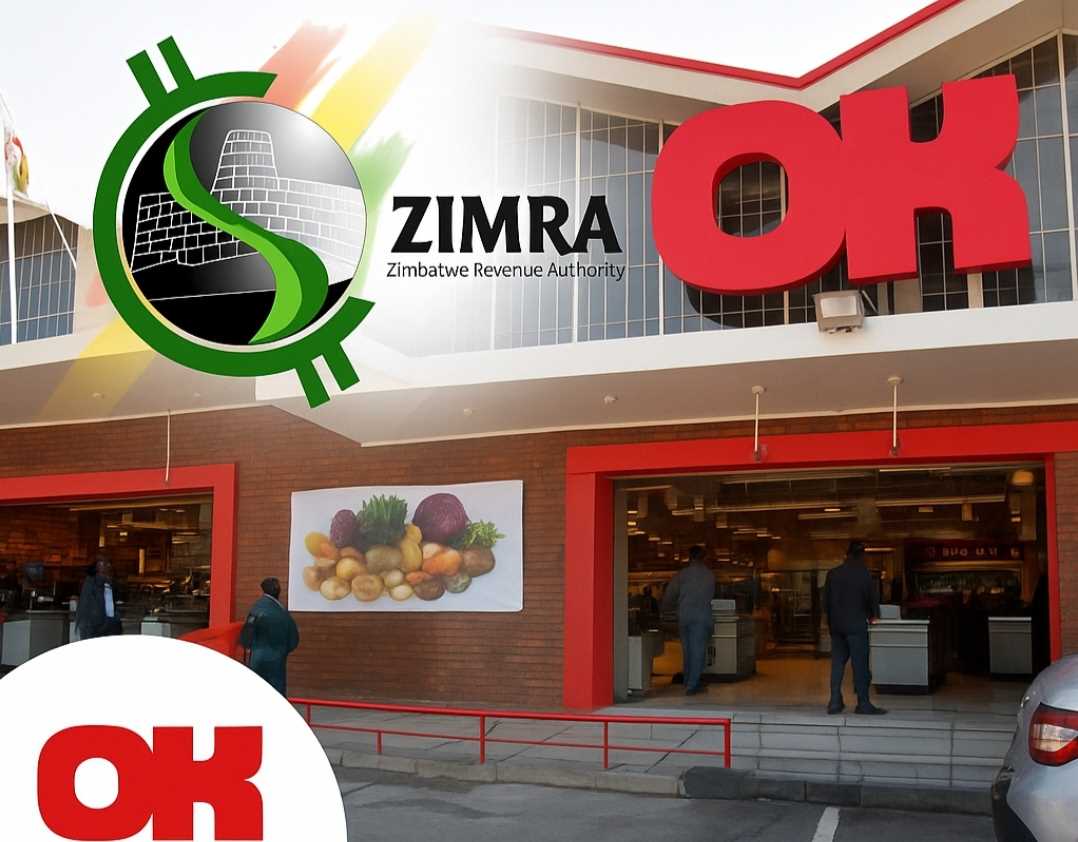





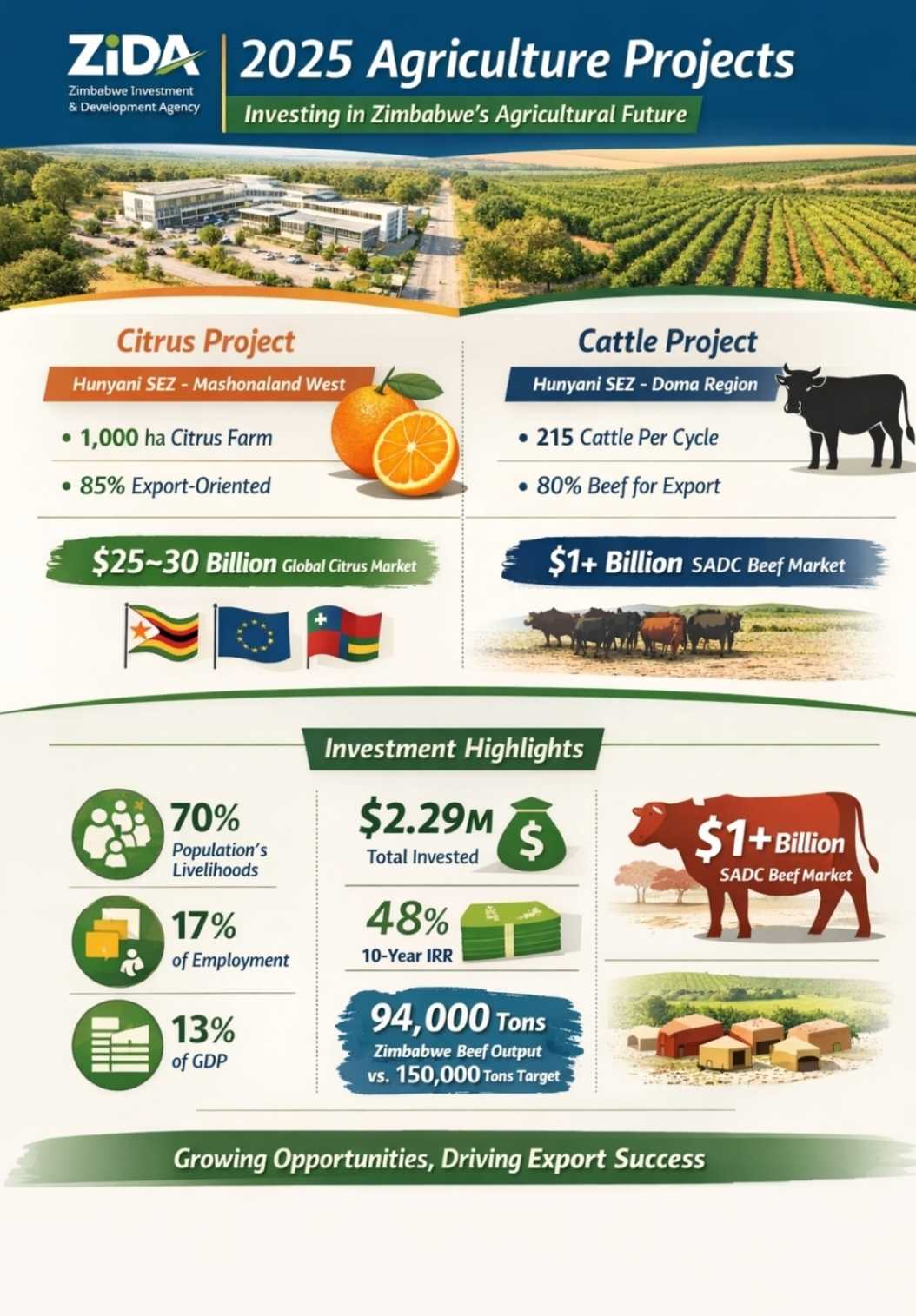

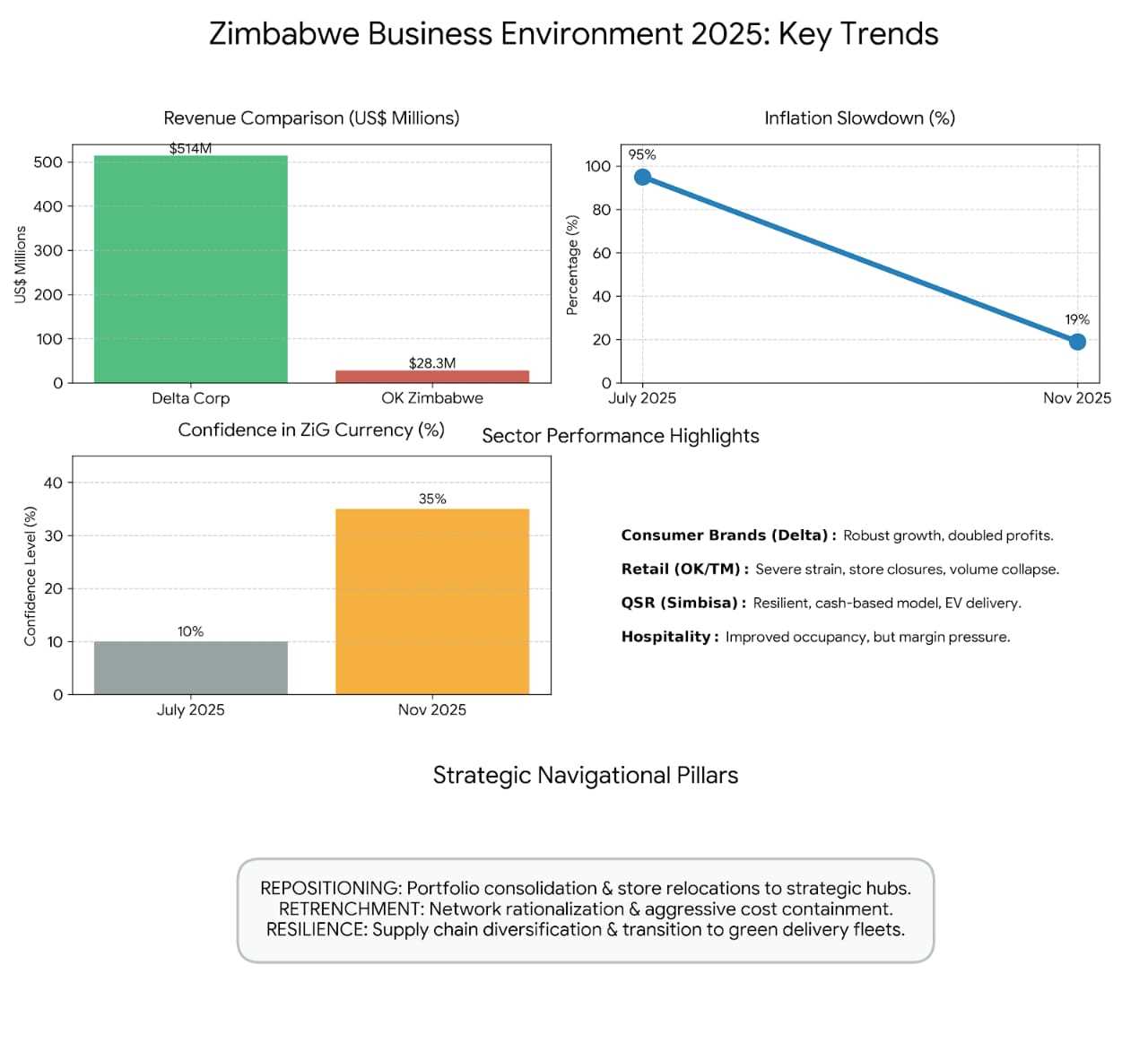






Leave Comments